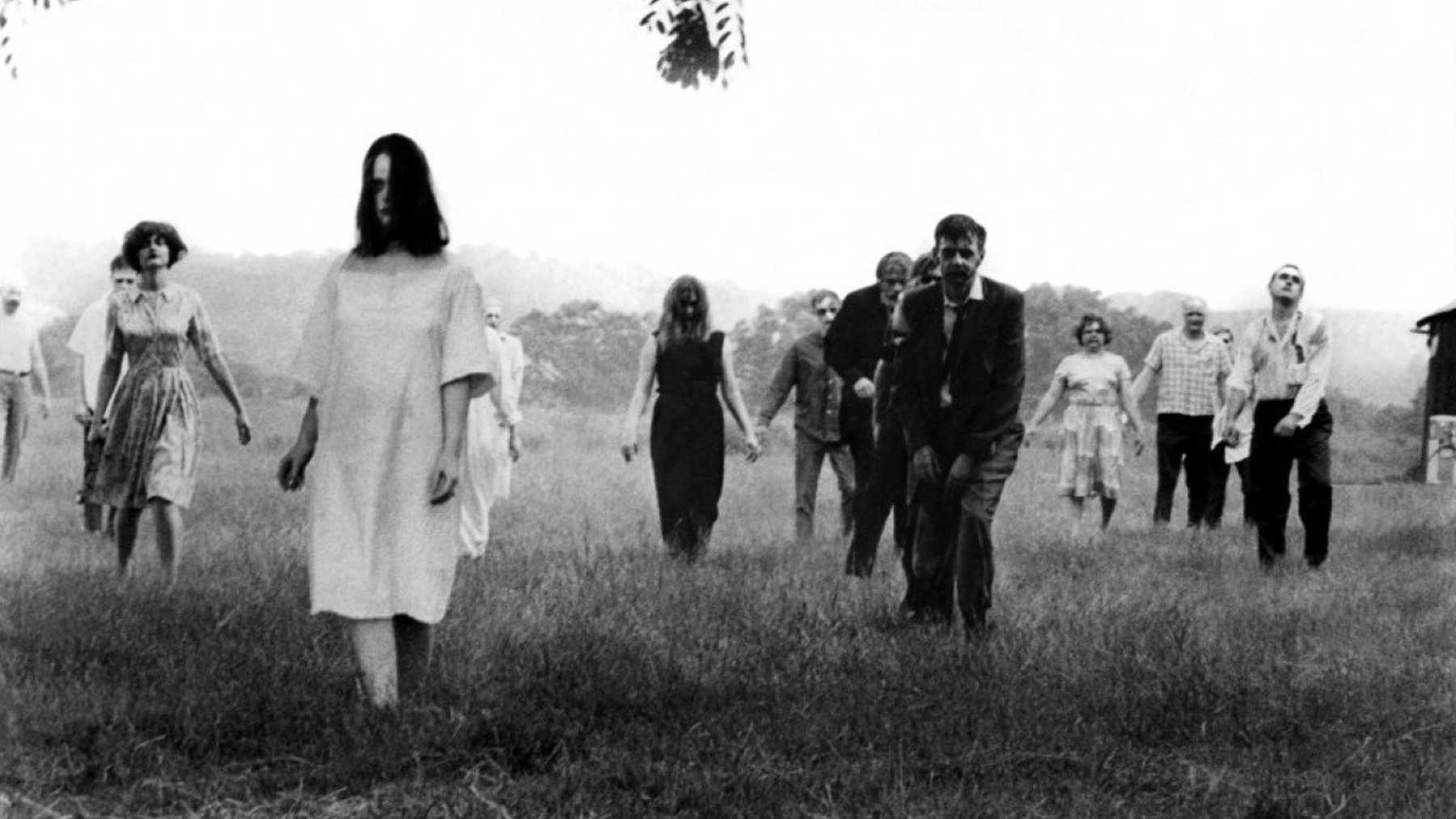
Attn: this post contains major spoilers and I would recommend watching the film before reading!
As twenty-first century horror films, It Follows and Get Out both take significant inspiration from the history of the horror genre. It’s kind of impossible, at this point, to avoid alluding to the mainstream horror films and conventions established in the twentieth century, but both films do so with a high degree of insightfulness and intellectual self-awareness. Both films heavily and overtly critique longstanding conventions as problematic, while simultaneously paying tribute to those films and their directors. While David Robert Mitchell’s It Follows challenges how many horror films we’ve watched – but especially the slashers – uphold rape culture and oppressive ideals of female purity, Jordan Peele’s Get Out considers the horror genre’s history of racist tropes and its continuing racial problematics.
Here is a list of tropes and issues that the film markedly addresses (again, spoilers!):
- The film’s concept critiques the cinematic history of blackface.
- The film’s concept literalizes the objectification of black bodies in film. As we’ve seen throughout the course, in mainstream horror films, black characters are typically just part of the murder count, if they’re present at all (and they’re mostly not).
- At the same time, the film challenges and responds to this objectification, tokenization, and erasure by having a black protagonist in Chris, as well as a black supporting cast.
- The white girl is the villain instead of the victim, and she uses her whiteness as a weapon and tool of manipulation.
The film also makes myriad sociopolitical critiques as well, and explores various elements of racial trauma:
- The white antagonists are outwardly liberal and inwardly racist. They use their liberalism (e.g. “I would vote for Obama a third time if I could!”) and fake “wokeness” (Rose admonishing the cop for racial profiling) to gain trust from BIPOC, and then betray them; they manipulate and gaslight under the guise of “the human family.”
- Similarly, the film pokes fun at this common refrain of white people that they “don’t see color” or “don’t care if you’re black, white, or purple” (e.g. Jim says he’s chosen Chris as his vessel only because “I want your eyes,” and that it has nothing to do with his race, even though that’s clearly disingenuous given the nature of the “program”).
- The Sunken Place metaphorically demonstrates the cultural and political brainwashing of BIPOC who move within and uncritically support the white establishment. The term has now entered the cultural language, and its connotation is understood by people who haven’t even seen the film.
- The film considers not only the history of slavery, but also how slavery has been repackaged and “resold” over the course of the twentieth century. The alternate ending to the film takes this a step farther by sending Chris to prison:
Here is a fantastic site that explores the film’s thematic issues listed here in great depth: A Feminist Guide to Get Out.
Consider what internal critiques are missing from this list, or more examples you can think of to illustrate points from the list. How does the film use horror as means to explore social issues and institutions? How does it re-imagine the role of the horror genre for the twenty-first century world? What specific horror films does Get Out reference?
Moreover, also consider the role of humor in the film. Despite the substantial sociocultural critique listed here, and despite being horrifying and stressful overall, the film is quite funny at times. What do you think is the functional purpose of this element of humor? How did it affect your viewing experience?
This is our final film for the course. In some sense, we have now circled back to 1968’s Night of the Living Dead, our very first film from the course, and the only mainstream film besides Get Out to center a black character. The alternate ending in which Chris is arrested would have made this connection between the films even stronger. Peele has directly noted NOTLD’s influence on him and Get Out. But NOTLD is over fifty years old now, and in those fifty years, there have been very few black characters in mainstream studio horror, and even fewer protagonists. This is actually a comprehensive list (Blade, Us, and Candyman are definitely worth watching, just fyi, especially because a new Candyman is releasing soon). However, Get Out’s hype, critical acclaim, and Academy Award has set a precedent going forward, and hopefully its legacy will encourage the development of more horror cinema that centers BIPOC characters and issues.

